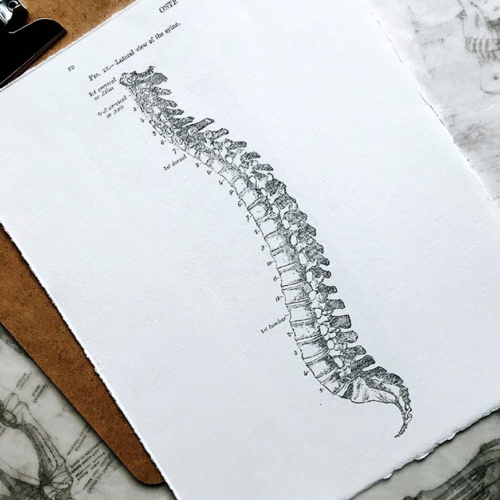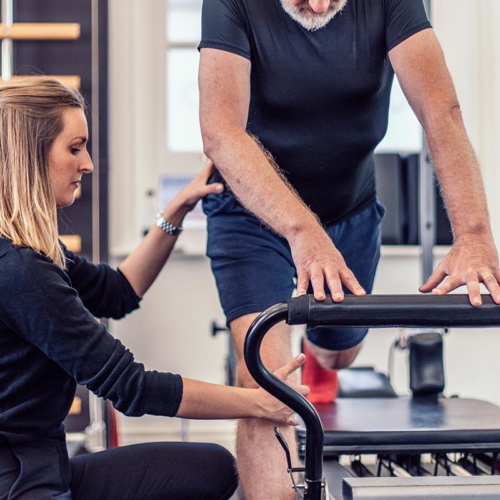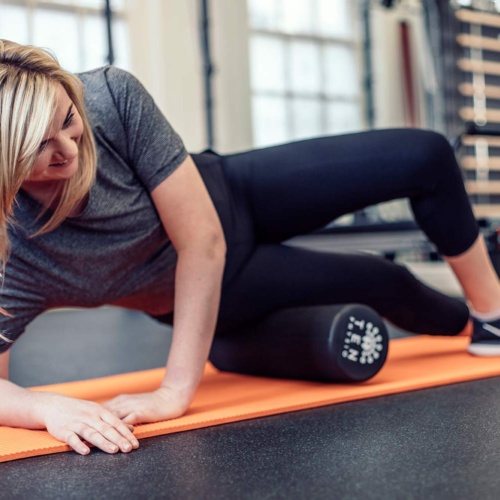Even if you’ve never had a tendon injury yourself, chances are, you’ll know someone who has – the runner with the nagging Achilles pain, the footballer with the recurring groin issue, the tennis player who can’t hit a backhand because of their sore elbow.
It is only recently that we have begun to develop a better understanding of tendon injuries and why they are so frustrating (to both patient and therapist).
So what’s a tendon, anyway?
Tendons are the tissues that connect our muscles to the bones. Their role is to transfer the energy created by muscle contractions to the bones to create movements.
Essentially a tendon functions like a piece of elastic. It is good at stretching out in the direction that the fibres are running (tension or tensile forces), but not very good at stretching in the other direction (shearing or compressive forces).
Tendon injuries generally occur either from either too much tensile force, or when they are subjected to shearing or compression. Most occur at the junction between the tendon and the bone. At this site the tendon has a poor blood supply, which partly explains why injuries often take a long time to heal.
Thankfully there are plenty of things we can do to prevent tendon injuries from occurring, and thanks to our improved knowledge over the past couple of years we now know much better ways of treating them if they do develop.
Preventing tendon injuries
There are numerous ways that we can prevent tendon injuries from occurring. One of our best methods is through good training practices.
Tendon injuries tend to be most prominent in endurance sports; especially running, where Achilles, gluteal, hamstring or patella tendon injuries are common problems. Structuring your training week so that difficult or key sessions are separated is important. It is also vital that you have enough rest time during the week.
If you’re continually training with fatigued muscles, they will not be able to absorb the stress of impacting with the ground, resulting in large amounts of pressure going through your tendons.
Another way of preventing tendon injuries is with a well-rounded strength and conditioning program, involving both strengthening and stretching exercises.
Good flexibility enables a wide range of positions and movements to be used, spreading the pressure over various parts of the tendon, rather than just being concentrated on one area. Exercises that strengthen both the muscles and the tendons in key areas such as the ankles, knees, hip and trunk will improve the capacity of the tendons to deal with these stresses, and learning to control movements will prevent undue shear forces from damaging the tendons.
Your physiotherapist or exercise professional will be able to prescribe a programme of exercises based on the demands of your sport or injury history.
Treating tendon injuries (tendinopathy)
Because tendons attach muscles to bones, pain near the bone rather than in the middle of the muscle, this may suggest that you have a tendon rather than a muscle injury.
You will see that above I have used the term tendinopathy. Tendon injuries used to be referred to – mistakenly – as ‘tendinitis’. The term ‘-itis’ refers to inflammation, and in the past couple of years we have learnt that tendon injuries are non-inflammatory.
It’s this lack of inflammatory response may be part of the reason why they take so long to heal. And it also alters the way that we treat the injuries. Large doses of anti-inflammatory medications will probably not be helpful in the long run. Some anti-inflammatory medications will be helpful but for different reasons. Speak to your pharmacist about which medications may be suitable for treatment of tendon pain.
Exercise is the best medicine
Generally speaking, the best treatment for tendinopathies is a graduated exercise program. An injured tendon will respond to exercise like any other working part of the body. Make it work (in the correct way) and it will respond by making itself stronger.
The type of exercise required will depend on the nature of your injury. Formerly, all tendon injuries were treated with a type of exercise known as an eccentric exercise; i.e. lengthening of the tendon under load. On the whole, this method is estimated to be successful for treating 50-60% of tendon injuries.
Recently we have learned that different types of tendon injuries respond to different types of exercise. Very painful or acute tendon injuries respond nicely to a type of exercise called isometric exercise, which involves development of force without creating movement.
Less painful tendinopathies respond well to a combination of eccentric and concentric exercises (where the muscle shortens as it contracts).
An often-missed part of the rehabilitation process is the inclusion of exercises involving the rapid contractions that the tendon will experience in the sporting environment. These exercises are known as plyometric, and will frequently involve activities such as jumping.
Complete rehabilitation of a tendon injury will commonly take between 3 and 6 months. Most of the rehab exercises can be completed at home with body weight or elastic band exercises (though some may require gym equipment – depending on the needs of your sport). An experienced physiotherapist will be able to develop a suitable progressive, graduated exercise program that will eventually have you back on the track (or road, or court) and performing better than ever.
In summary, a well-structured training program along with a suitable strength and conditioning program will keep those nasty tendon injuries away.
If you are unfortunate enough to have developed one, working with an experienced physiotherapist to develop a rehab program will fix the problem. Just be patient with the injury, and conscientious with the rehab.





